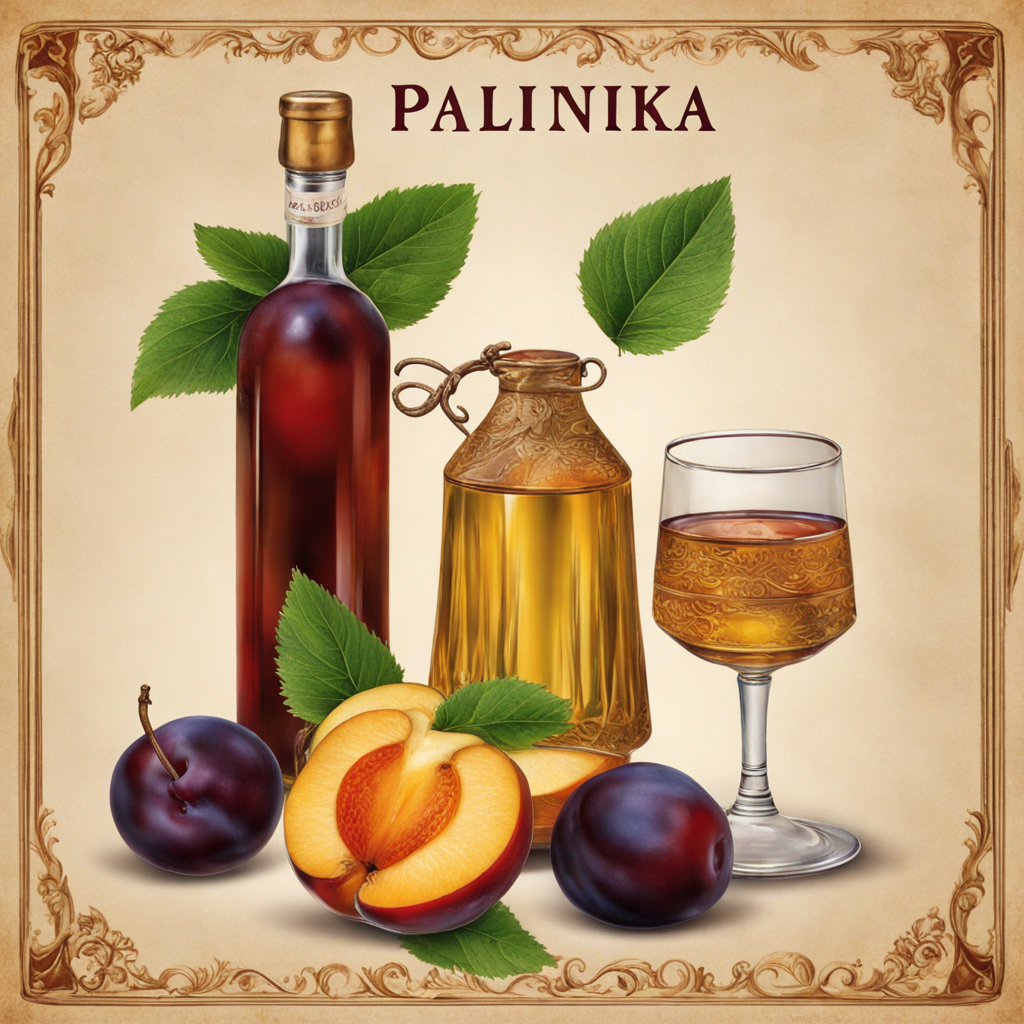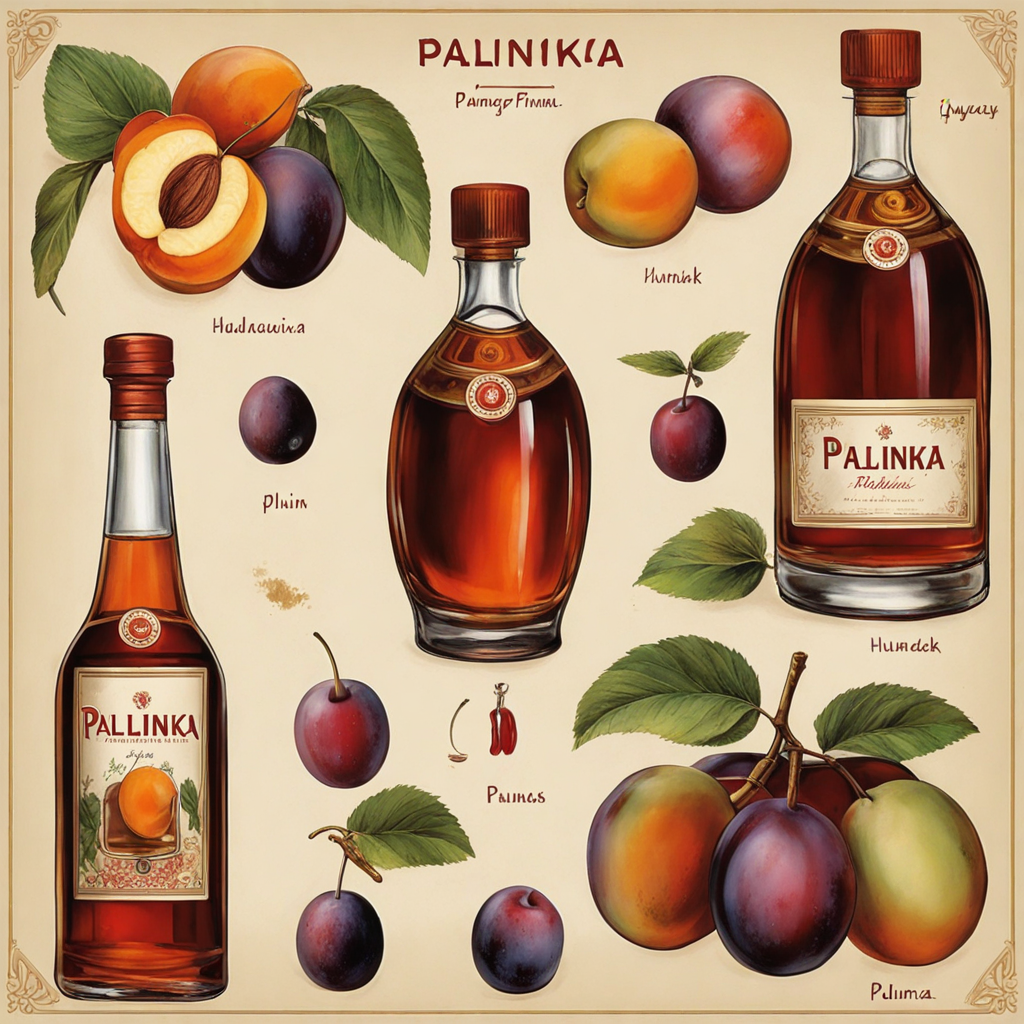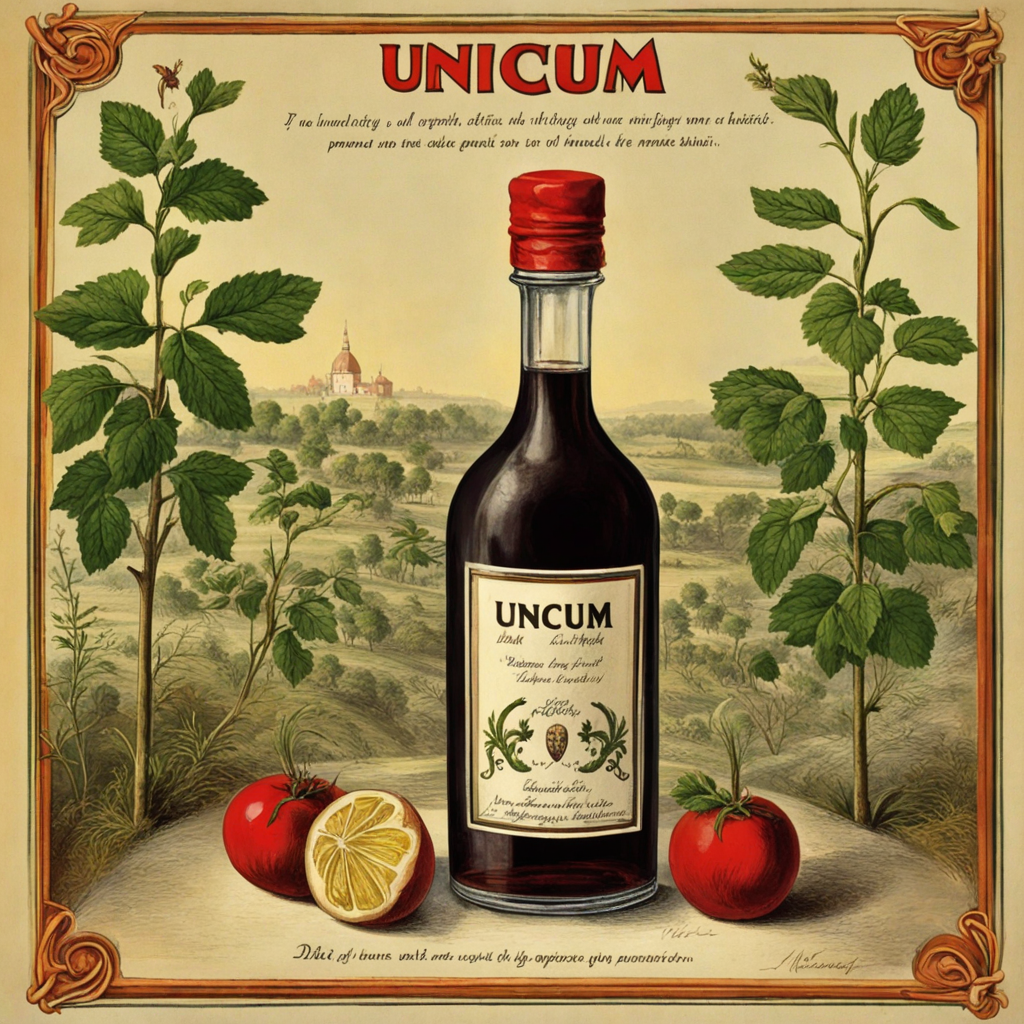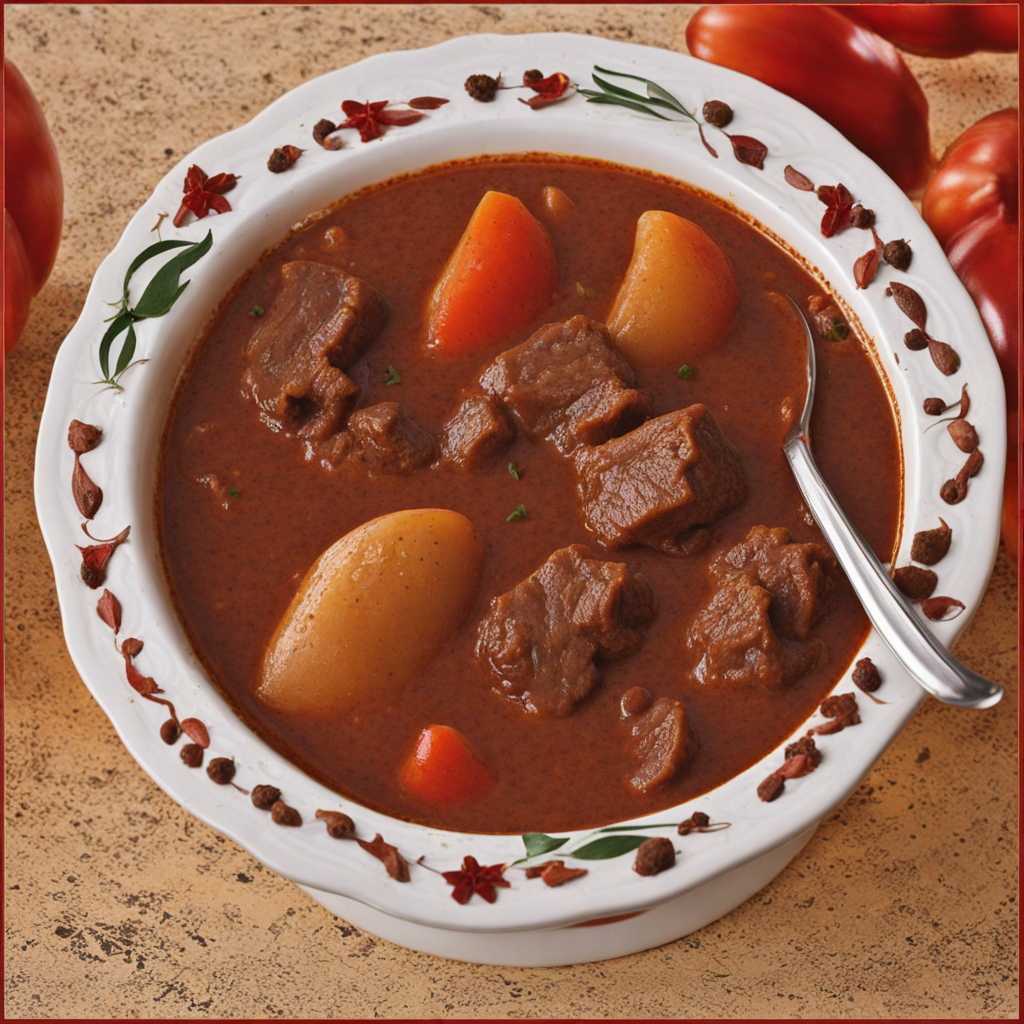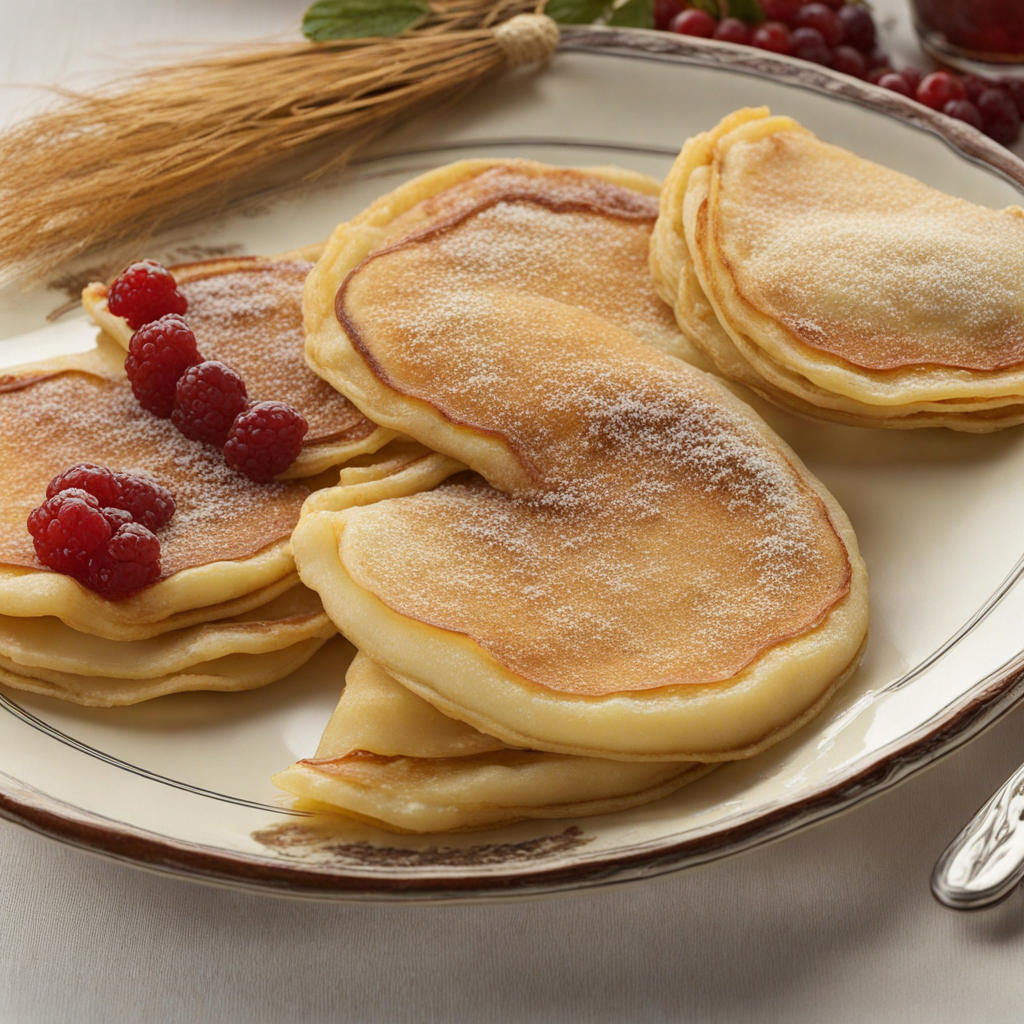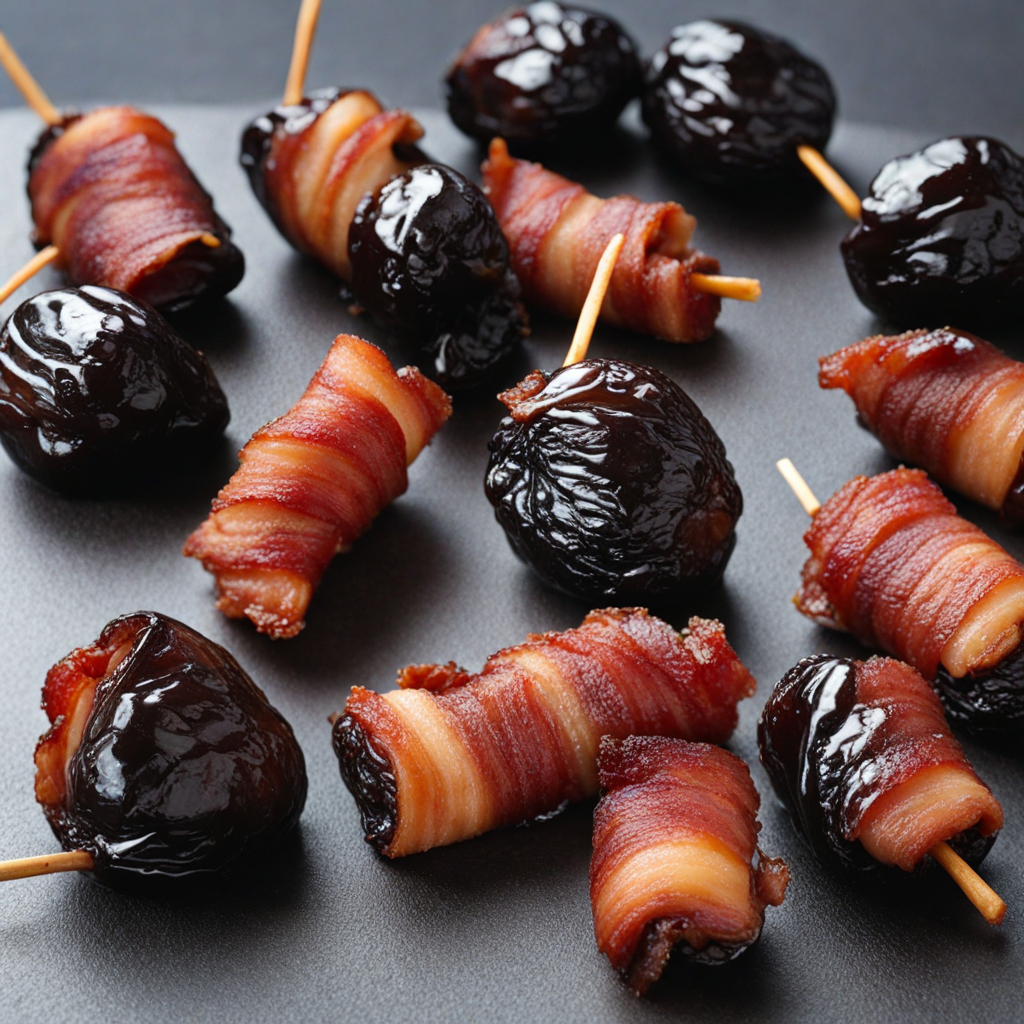Pálinka
Pálinka is a traditional Hungarian fruit brandy that captures the essence of the country's rich agricultural heritage and artisanal distilling practices. Made primarily from ripe fruits such as plum, pear, apricot, and cherry, this spirit is often enjoyed as a digestif or a celebratory drink. The production process involves fermenting the fruit to produce a mash, which is then distilled in pot stills, preserving the natural flavors and aromas of the fruits. The result is a spirit that varies in flavor profile depending on the fruit used, with each type offering a unique taste experience that reflects the terroir of the region it comes from. When you take a sip of Pálinka, you are met with a burst of fruity sweetness, followed by a warm, smooth finish that lingers on the palate. The complexity of flavors can range from the deep, rich notes of ripe plums to the bright, tangy zing of fresh cherries. Each variant has its own character, making it an exciting drink to explore for those who appreciate nuanced flavors. The alcohol content typically hovers around 40-50%, which adds to its warming sensation, making it a popular choice during cold winter evenings or festive gatherings. Pálinka is not just a drink; it is an integral part of Hungarian culture and tradition. It is often served alongside traditional Hungarian dishes, enhancing the overall dining experience. Whether you enjoy it neat, in cocktails, or paired with food, Pálinka offers an authentic taste of Hungary that invites exploration and appreciation. The spirit is typically presented in small glasses to encourage slow sipping, allowing drinkers to fully savor the intricate flavors and aromas that make each variety special. Discovering Pálinka is like embarking on a flavorful journey through Hungary's bountiful orchards and time-honored distillation methods, leaving a lasting impression with every taste.
How It Became This Dish
The Enigmatic History of Pálinka: Hungary’s Beloved Spirit Pálinka, a traditional fruit brandy from Hungary, is much more than just a potent beverage; it is a cultural emblem, a symbol of national pride, and a testament to the country’s rich agricultural heritage. Its history weaves through the fabric of Hungarian life, reflecting the evolution of its society, customs, and the very landscapes that produce the fruits from which it is distilled. #### Origins of Pálinka The origins of pálinka can be traced back to the Middle Ages, with the earliest records appearing in the 14th century. The term “pálinka” comes from the Slavic word "palinka," which means “to distill.” Initially, the drink was produced in monasteries, where monks experimented with the distillation of fruits such as pears, plums, and apricots. These early distillers laid the groundwork for what would become a cherished national spirit. The technique of distillation had been introduced to Europe from the Arab world, and by the 15th century, pálinka became a popular drink among the nobility and peasantry alike. Each region of Hungary began to cultivate its distinct variations of pálinka, depending on the local fruits available. The spirit soon transcended its humble origins and became a symbol of hospitality, often served during celebrations, feasts, and gatherings. #### Cultural Significance Pálinka holds a special place in the heart of Hungarian culture. It is not merely a drink but an integral part of social rituals and traditions. In Hungary, it is customary to serve pálinka as a welcome gesture when guests arrive. This act of hospitality is steeped in the belief that pálinka aids in conversation and camaraderie, breaking the ice and fostering connections. The spirit is also a staple at significant life events, from weddings to christenings and funerals. It is customary to raise a toast with pálinka, emphasizing its role in marking important moments in life. The phrase “egészségedre!”—meaning “to your health!”—is often exclaimed as glasses clink, embodying the communal spirit that pálinka represents. Moreover, pálinka is celebrated in folklore and literature, often featured in songs and poems that highlight its importance in Hungarian life. The drink is associated with memories of family gatherings and the warm embrace of home, evoking nostalgia and sentimentality among Hungarians. #### The Development of Pálinka Over Time As Hungary evolved through the centuries, so too did the production and perception of pálinka. By the 18th century, pálinka was firmly established as a national drink, with various regions developing their distinctive styles. The most famous varieties include szilvás pálinka (plum pálinka) from the Szatmár region, barack pálinka (apricot pálinka) from the southern plains, and körte pálinka (pear pálinka) from the northern regions. The 19th century saw the establishment of legal regulations concerning the production of pálinka. In 1900, the Hungarian government recognized pálinka as a national product, leading to the creation of legal definitions and standards for its production. This was a significant turning point, as it helped preserve traditional methods and protect the identity of the spirit against industrialization. The advent of the 20th century brought challenges, as Hungary faced upheaval from two World Wars and the subsequent Communist regime. During this period, the production of pálinka was largely controlled by state-run facilities, which often compromised the quality and authenticity of the product. However, many families continued to produce pálinka in their homes, maintaining the artisanal techniques passed down through generations. #### The Revival of Artisanal Production The fall of Communism in 1989 marked a renaissance for pálinka. As Hungary transitioned to a market economy, there was a resurgence in interest in traditional, artisanal production methods. Small-scale distilleries began to emerge, focusing on quality and authenticity. The revival emphasized the use of locally sourced, high-quality fruits and traditional distillation methods, which greatly enhanced the flavor and character of the spirit. In 2008, pálinka was granted Protected Designation of Origin (PDO) status by the European Union, similar to that of other famous spirits like Scotch whisky and Champagne. This recognition not only safeguarded the production methods and quality of pálinka but also promoted its status as a cultural heritage product. The PDO status requires that pálinka be made exclusively from fruits grown in Hungary, ensuring that the essence of the land is captured in every bottle. #### Modern Pálinka Culture Today, pálinka enjoys a renaissance both within Hungary and on the international stage. The spirit is celebrated at numerous festivals, such as the National Pálinka Festival in Budapest, where distillers showcase their products and visitors can taste a wide array of flavors. This festival not only highlights the diversity of pálinka but also fosters a sense of community among producers and enthusiasts. In recent years, pálinka has also found its way into the world of mixology, with bartenders experimenting with its unique flavors in cocktails. This innovation has introduced pálinka to a broader audience, allowing it to evolve while still paying homage to its traditional roots. Moreover, pálinka is increasingly appreciated for its artisanal qualities, with many producers focusing on sustainable practices and organic farming. The modern consumer is drawn to the idea of supporting local artisans and experiencing authentic flavors that tell a story of place and tradition. #### Conclusion In summation, pálinka is an intoxicating symbol of Hungary’s rich heritage, intertwining history, culture, and agriculture. From its monastic origins to the modern craft distilleries of today, pálinka has navigated a complex landscape of social and political change, emerging as a beloved spirit that resonates with the hearts of Hungarians. As it continues to evolve, pálinka remains a testament to the enduring spirit of a nation, embodying the warmth of hospitality, the richness of tradition, and the joy of shared moments—one sip at a time.
You may like
Discover local flavors from Hungary


